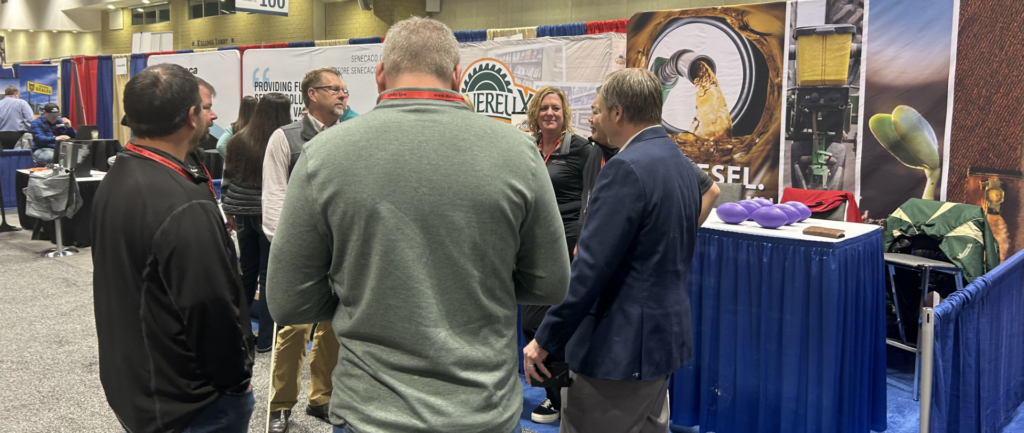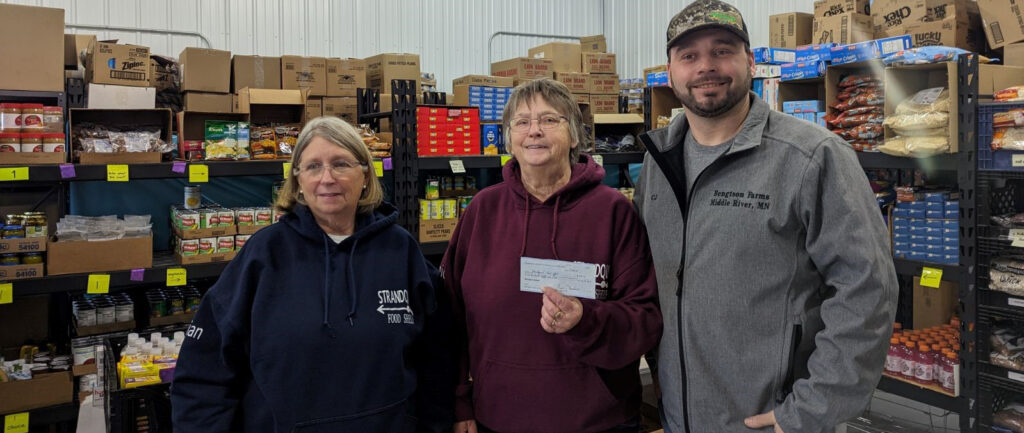Year after year, Chinese soybean buyers have traveled to the United States in early September as part of an annual crop tour to see where the U.S soybean crop stands. With many concerns in the market place, U.S. soybean farmers traveled to China as a response to the normal tour.
“It was decided that it was important to continue doing something with China,” says Patrick O’Leary, promotion action team chair and director with the Minnesota Soybean Research and Promotion Council (MSR&PC). “With the concerns in the marketplace, it was just as effective for us to relay the information to them.”

Organized by the U.S. Soybean Export Council (USSEC), five farmer leaders from across the country, including O’Leary, met with large groups of soybean buyers to talk about crop quality and expectations.
“We met with two of the largest buyers of U.S. soybeans to get their perspective and share our message,” O’Leary says. “They still have quite a lot of interest in our soybeans, but with the trade situation it is difficult for them to purchase.”
While China may not be currently in the market, they were still interested in hearing the concerns of U.S. farmers with the current crop.
“We pretty much reinforced what they already knew about decreased acreage from a wet spring,” O’Leary says. “We are still unsure about what the final scenario might look like with Mother Nature in charge, but they were welcoming to our message even with so many questions on the final result.”
Prior to the trip, participants were asked to complete plant counts in their field to get a feel of what their crop looks like.
“Anyway we look at this and whatever message it is, it is important that we maintain these relationships between the good times and the bad,” says O’Leary. “There is a lot of business made based solely on relationships.”
As meetings continued, trade and African Swine Fever (AFS) were frequent topics of conversation.
“While we are dealing with the current trade scenario, there is also a significant downturn in the use of soybean meal with AFS in China,” O’Leary says. “China’s hog industry is the largest hog industry in the world. Their loss at this point is significant and how long this is going to stay is the real question.”
While it can be challenging to remain optimistic in the current marketplace, O’Leary says positive developments continue to come out of trade mission trips.
“It is hard to come back positive, but it was refreshing to have the people who buy our products say they will continue to buy in the future,” O’Leary says. “There is no way to predict what that looks like, but they are still interested in our soybeans if we can get something figured out.”







